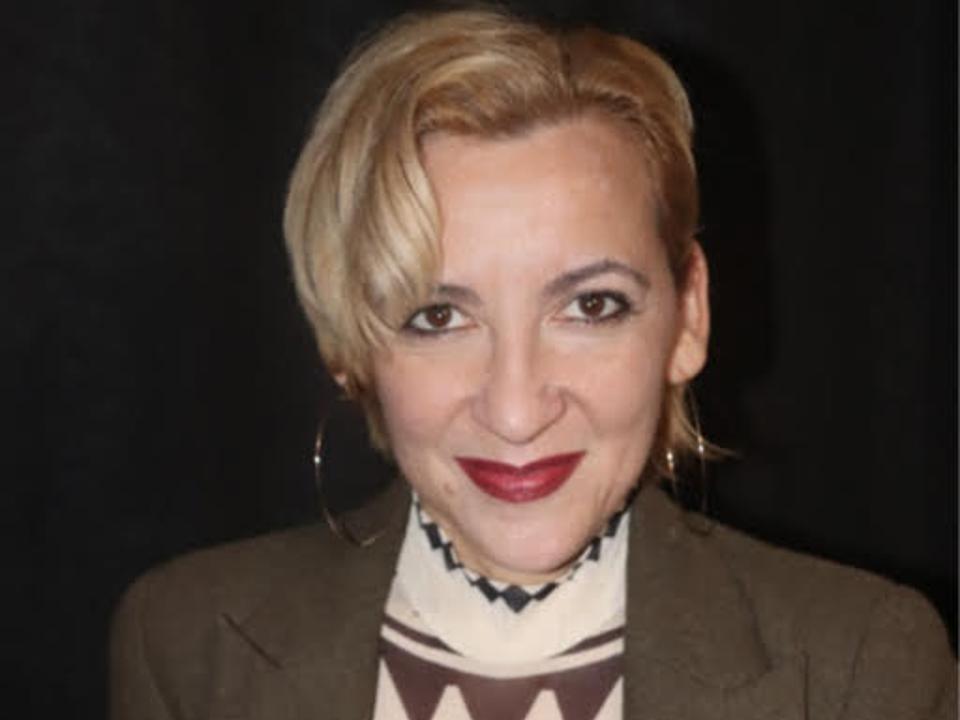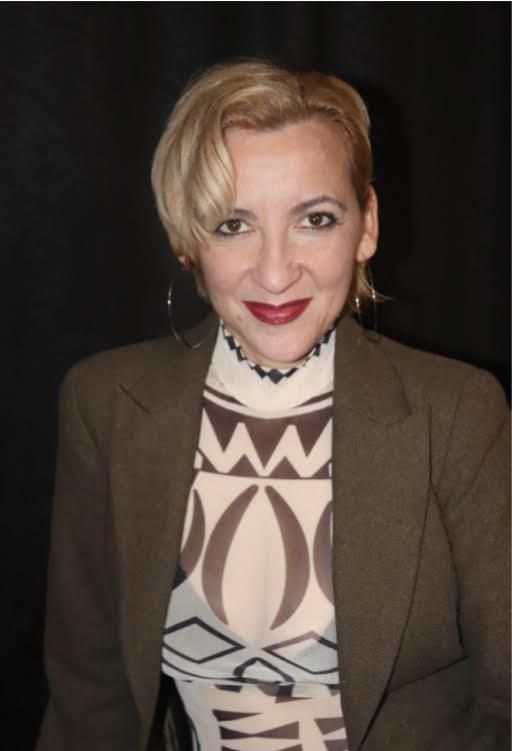
Monica Leigh Rodriquez, Artistic Director / Founder of Monica Leigh Designs
Monica Leigh Rodriquez,
In the high stakes world of fashion, Los Angeles-based designer, Monica Leigh, prioritizes values aligned company culture ahead of the fast-paced global fashion cycles and calendars that most brands endure. An industry veteran of 27 years, her romantic couture collection has graced the cover of Elle Magazine, and has been donned by celebrities and executives around the world. After working at large labels early in her career and then going out on her own and getting her designs into small boutiques, she learned the difference between fast, aggressive fashion and ethically-driven, quality fashion. Focused on craft of apparel and inspired by natural beauty, she leads her business by keeping the latter of the two at the forefront.
“What I had a challenge with in my early days in fashion was the lack of values and ethics with people and teams,” says Monica. “I started my company in 2014 because I wanted to have an environment that was enriching. I believe that even though we have to follow tight fashion calendars, there’s a better way to lead a team of people to create things that we actually feel good about creating. We are allowing a product to be on the market that the customer feels is something that’s really of value. That’s my motivation.”
Fashion cycles range from three to four months, giving designers a small window to design and produce brand new products. Monica says the time crunch alone can cultivate a harmful atmosphere.
“Many design teams tend to burn out or they tend to get nervous, and then the blame game starts because they start the cycle late, as they’re facing demands to be so creative right from the get go, and then there’s a diva complex that comes in,” shares Monica. “Of course, there are also a lot of money demands. It has to perform. You know that the profits have to show, so that the money holders feel like they can continue to invest in the product. A lot of these variables create a very aggressive environment.”

Metallic Olive Silk Taffeta Step Jacket, Laser Leather Apron Skirt, Biker Legging, Silk Chiffon … [+]
Monica Leigh
Building a Cohesive Team That Loves Couture
Early in her career, Monica says she developed a thick skin, and learned how to talk with people professionally, while addressing work issues without deflecting.
“The way to really create quality products is to build a team that cares about the products, and they’re only going to care if their manager or leader cares about them,” she says.
To keep values aligned company culture infused in her business, Monica does three collections a year instead of the standard five. This gives her a longer lead time.
“I have a different vision of what profitability means to me, so I’m not all about volume,” she shares. As much profit as I can get, I’m happier with a wonderful product and a good quality of life, and it’s not about how many units I can sell.”

Gold Leaf Twilight Gown
Monica Leigh
Being Timeless & Tenacious
More approaches like Monica are needed, as the fashion industry continues to take a toll on the environment. According to the UN Environment Program, the apparel sector is responsible for 10% of all carbon emissions—more than international air travel and maritime shipping combined. Not only that, the fashion industry is the second largest consumer of water worldwide, and the act of dying textiles ranks as the second largest water polluter on the planet.
While Monica’s designs have less of an environmental impact because she uses fabric from mills that don’t run in huge quantities, she thinks the real aspect of sustainability that she brings into the fold is that her pieces are created to stand the test of time in more ways than one.
“I’m not not worried about trending,” shares Monica. “I know I’m present day just because I’m here in the culture living, so what I design tends to be current, but also timeless.”
Transcending time as an artist, Monica harnesses her creativity as a catalyst for connectivity. As a board member for Ryman Arts, which offers free, intensive out-of-school studio art instruction, college and career guidance, art supplies, and support services to students, she encourages artististic expression as a vehicle for liberation. She tells young people seeking a career in fashion to hold on to their sense of competence and vision.
“It’s the industry; it’s not them,” she says of people having a tough time getting into the fashion sector. “It’s just a tough industry, and that they have to really know that they just have to be tenacious”




